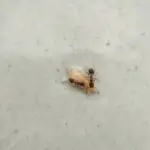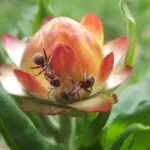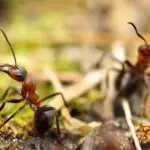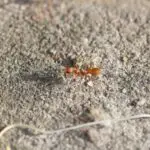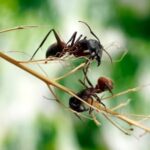Can Ants Have Multiple Queens?
During their lifetime, ants can lay thousands of eggs. They live in large cooperative groups called colonies. These colonies are divided into three castes: males, workers, and queens.
Queens are programmed to mate early in life, and then to create new colonies. A new colony starts with a new queen, who is cloistered in the nest for several weeks. During this time, the new queen cares for the young.
The first workers emerge. Depending on the ant species, this may take from one day to several weeks. As the colony grows, the workers increase their frequency of foraging. When the colony is ready to lay eggs, the queen lays a large number of eggs. When the eggs hatch, the larvae pupate for six to ten days.
The queen is then able to lay eggs, which eventually mature into wingless female ants. Some species of ants also have a single queen, but many species have more than one queen. The queen ants are larger than the rest of the colony.
The queen’s life span is usually a decade or more, and some queens may lay millions of eggs. The number of queens in a colony may also affect the genetic structure of the colony. A small number of queens can cause associated queens to be more closely related. This type of colony is called a polygyne colony.
Various studies have investigated the social relationships of ant queens. Researchers have looked at cooperation among unrelated individuals and the division of labor between queens.

